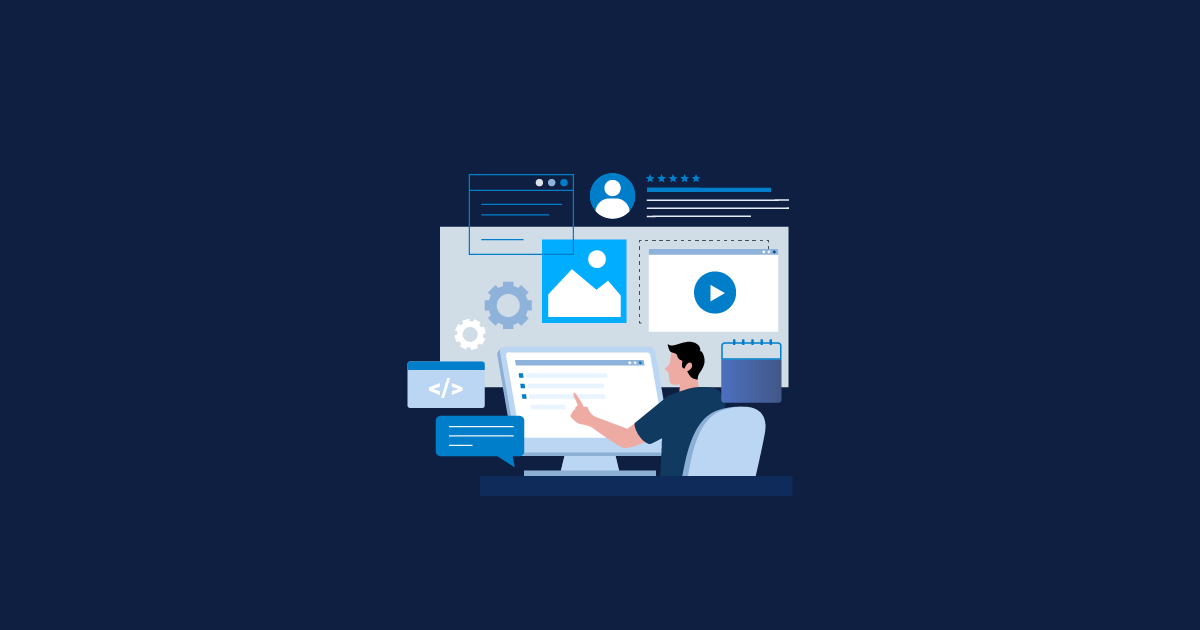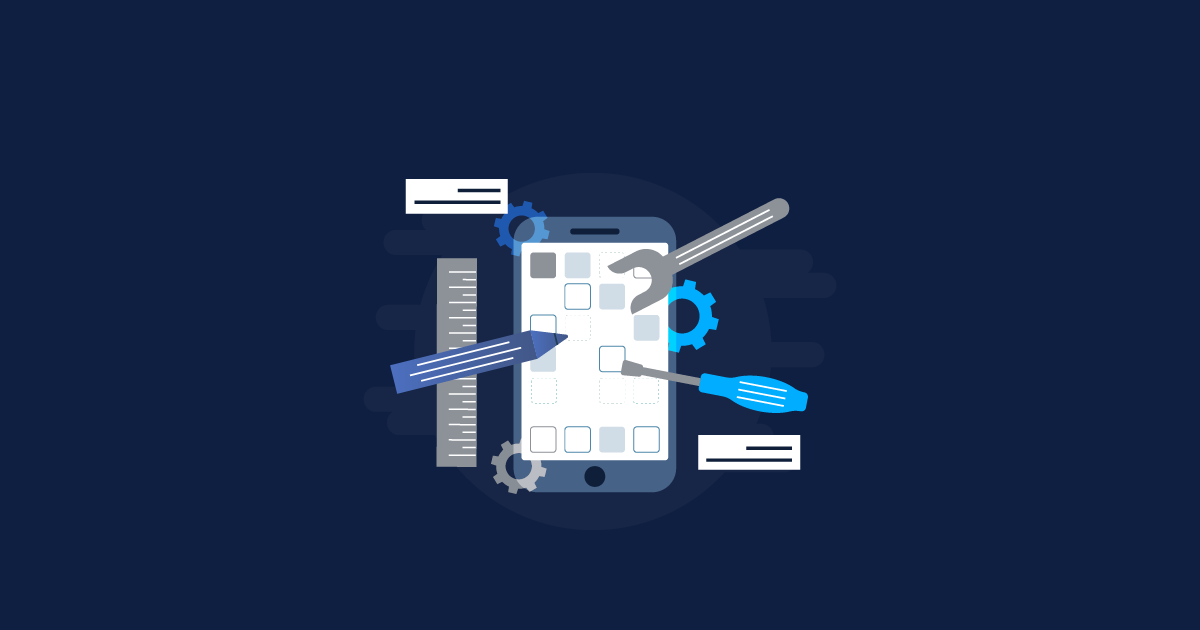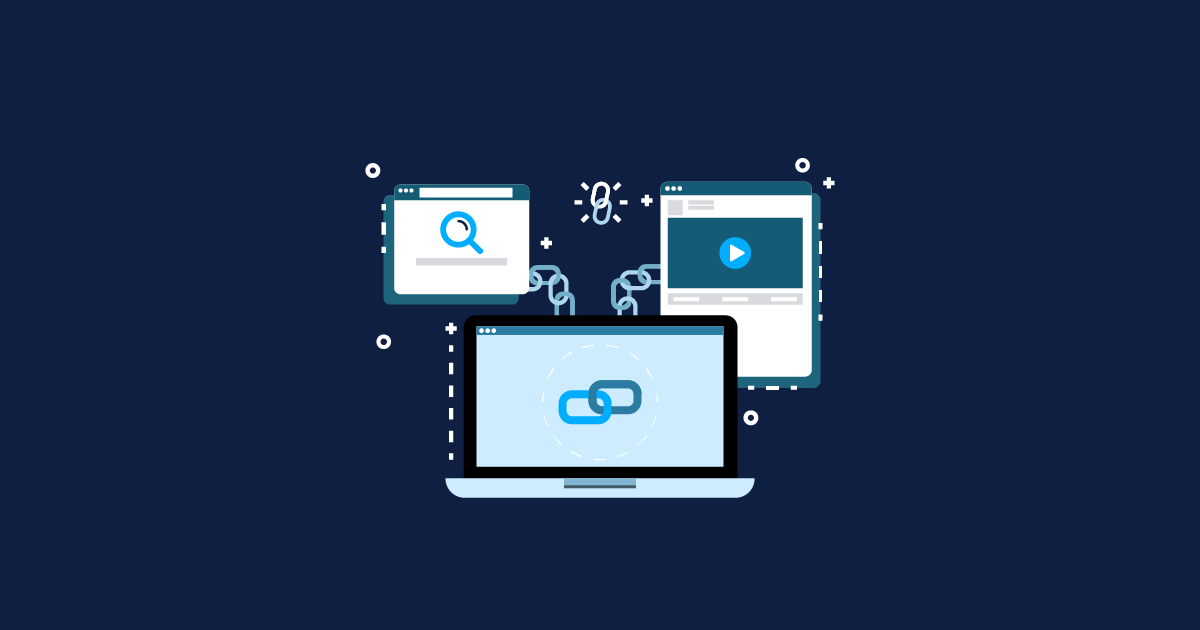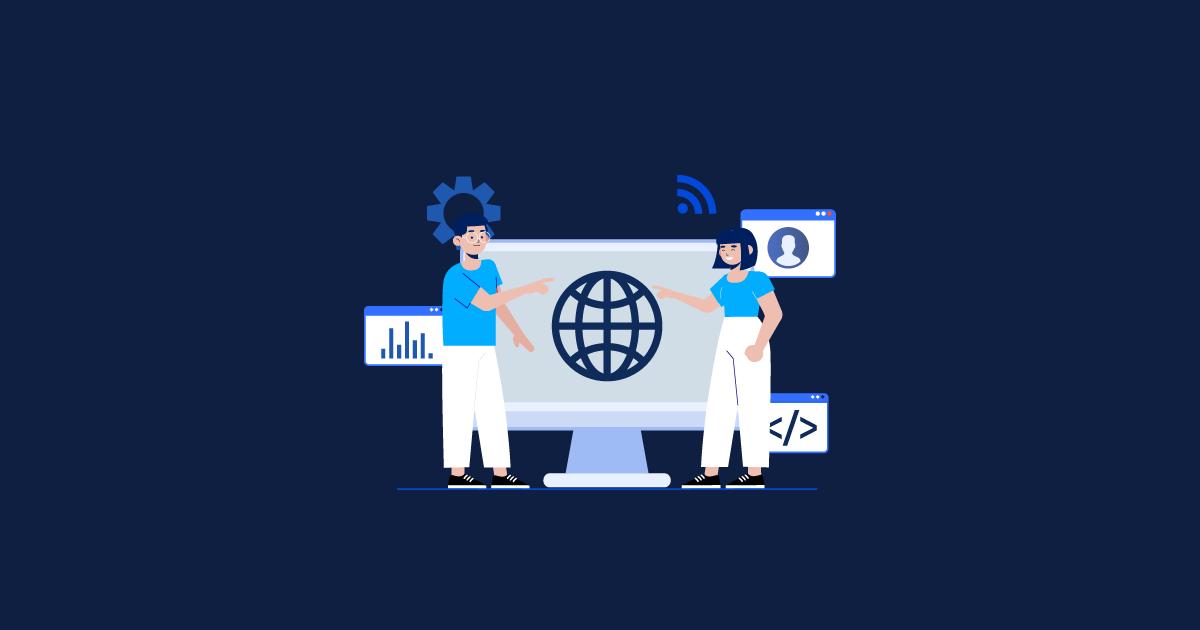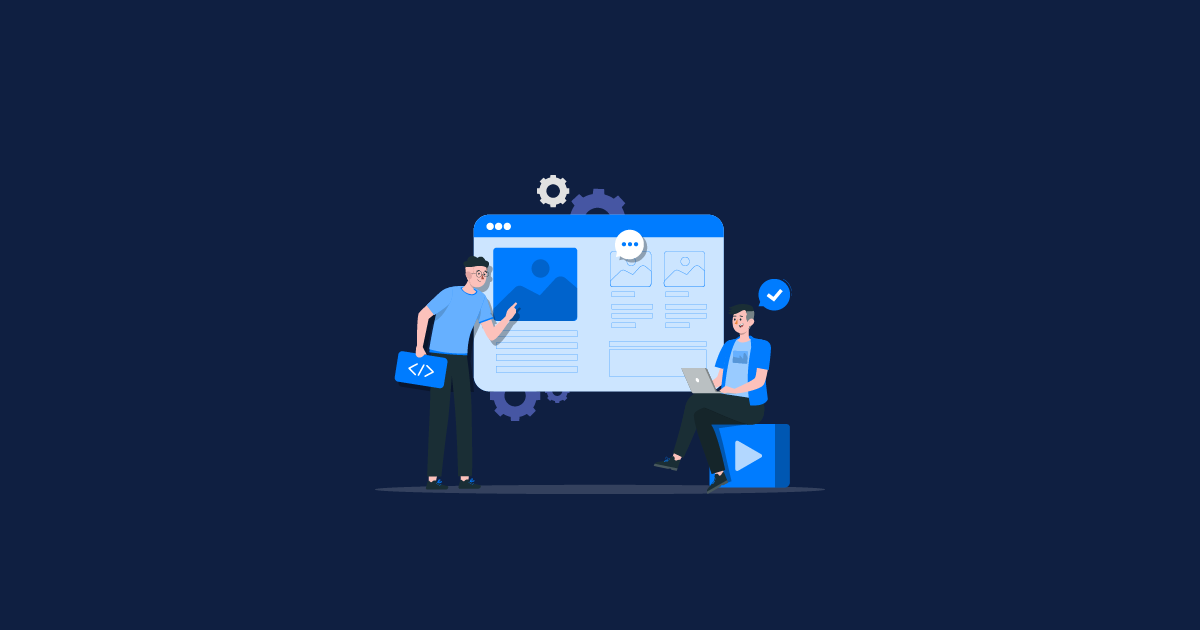No one likes discovering that their new favorite app is full of glitches or that the latest must-have product is a dud. That’s why companies put so much effort into testing their products before they launch.
But what exactly goes into making sure a product is ready for prime time? In this article, we’ll look at testing and find out what companies can do to ensure their products are up to snuff.
So read on to learn more about how to test the products and why it’s essential!
Top 10 Reasons For Product/App Testing
There are many reasons why to test products or apps before launching. Here are just a few:
To make sure the product or app is functional and does what it’s supposed to do
To identify any potential glitches or problems that could cause customer frustration
To ensure that the product or app will work well with other products or apps that it might need to interact with
To make sure that the product or app is accessible to all users, including those with disabilities
To ensure that the product or app is compatible with various devices and operating systems
To find out what real-world users think of the product or app before it goes live
To get feedback that can be used to improve the product or app before the launch
To make sure that the product or app meets all legal and regulatory requirements
To ensure that the product or app is secure and safe to use
To avoid any embarrassing mishaps or PR nightmares
The need for testing new products and apps before launching them is clear. But what exactly does the testing process involve?
Many different types of tests can be performed on a product or app testing. Some of the most common include functional testing, compatibility testing, load testing, security testing, and usability testing.
Let’s look into the end-to-end process of testing a new product or app before it’s launched.
How End-to-End App Testing Works
End-to-end testing is a process that follows the usage of an application from beginning to end. These tests help find errors that might disrupt the flow of the said application. End-to-end app tests require careful planning and design to ensure that they meet the needs of the software being tested. A variety of testing platforms or frameworks can be used for this purpose. To ensure that the code is functional, we put it through a series of tests. These are executed with the help of different devices to catch any errors. If any tests fail, we look closely at the code and report them. We then run the tests again until they all pass.
Planning
At this stage, the team members get the requirements from the clients and understand the project objectives. They also draft a testing strategy that meets those objectives. This strategy includes deciding which types of tests will be run, planning, and specifying which resources to use for testing. They also identify the critical testing tasks that need to be completed and develop a schedule for when these tasks should be performed.
Design
Designing your tests is a crucial phase that involves creating test specifications and generating the appropriate test cases. You’ll also need to carry out usage analysis and risk assessment and create a schedule for the tests.
Execution
In this stage, we put the test plans and schedules into action and document what happens.
Analysis
After the test gets completed, the team carefully evaluates the results to see if more testing is necessary.
Reporting
This is the final stage, where the team produces a report on the status of the tested software. This report is handed over to the client so they can make an informed decision about whether to launch the product or not.
Benefits of End-to-End App Testing
End-to-end testing uses a full-stack testing methodology, so organizations can experience several benefits regarding software quality, workflow optimization, and operating efficiency.
Most importantly, end-to-end app testing often uncovers potential problems and defects that go unnoticed during unit testing. Since end-to-end testing focuses on the users’ perspective and any issues with the application appearance are highlighted instantly. On the other hand, unit testing only assesses individual components separately, so it’s easy to miss anything major. In addition, E2E tests also confirm whether or not the software follows established business logic and workflow procedures.
End-to-end testing is important because it ensures that software runs smoothly and efficiently. When you test the software, you can be sure that repeated tests are unnecessary, saving valuable time and money. The benefits of end-to-end testing don’t stop there—time saved during development can be allocated to other areas of productivity.
End-to-end testing is beneficial because it offers a broad scope and approach. Additionally, end-to-end tests are a great way to achieve application dependencies, third-party code included, ensuring that they work correctly and simultaneously without any issues. Increasing test coverage will reduce anxiety around the product’s launch while gaining confidence in its success.
Conclusion
End-to-end testing is a process used to test an application from start to finish. It is beneficial because it offers a broad scope and approach, covers all application dependencies, and confirms that the software follows established business logic and workflow procedures.
While end-to-end testing is important for quality assurance, it’s important to carefully plan your end-to-end tests before executing them. We at QAonCloud can help you with that. Our team of experts will work with you to understand your testing needs and develop a plan tailored to your specific project. Contact us today to learn more about our end-to-end testing services.
When done correctly, end-to-end testing provides valuable insights that can save your organization time and money in the long run!
